I mentioned in a previous post how much I enjoy making the transition from sleep to fully awake most mornings by listening to National Public Radio’s Morning Edition. Several days ago, a program once again caught my attention, this time with great satisfaction rather than alarum. The transcript from the program is in the following link: http://ow.ly/QIaDc
I first met the subject of the interview, Dr. John A. Clements, while I was involved in basic academic biomedical research on the pulmonary surfactant system. I don’t want to go into much scientific detail about this critically important system. The above link gives a primer on this system that appears on a rather strict gestational time frame. Babies born prematurely before pulmonary surfactant appears in their lungs were once doomed to death.
In 1979, I left academia to take a position in the Clinical Research Department of the old Burroughs-Wellcome Pharmaceutical Company. I had 15 great years with this company. A few years after I arrived, I learned that Dr. Clements had developed a totally artificial pulmonary surfactant (i.e., no protein or other components from biological sources) through his basic research at the University of California at San Francisco. Research grants from the National Institutes of Health (NIH), specifically the National Lung Institute supported Dr. Clements work.
I went to some of the powers that be at the B-W Co. to convince them that we should see if Dr. Clements and the UC-SF would be willing to license this preparation (EXOSURF®) to us. I received the go-ahead and to make a long story short, B-W Co. licensed EXOSURF and we set about pharmaceutical development to produce a product suitable for wide scale marketing and clinical trial programs to gain approval from the Food and Drug Administration (FDA).
Once we had the license, we realized a neonatologist should be the project leader. I was conducting a clinical trial program on another product. One of the sites was at the Medical School at the University of North Carolina at Chapel Hill. A resident, Dr. Walker A. Long, was the go-to-person on this project. At that time, Walker was already board qualified in Pediatrics and Neonatology. He later became board certified in Pediatric Cardiology. We recruited Walker, a bona-fide force of nature with an impressive intelligence, to become the Project Leader for the EXOSURF program. Although the EXOSURF project for administrative purposed resided in the Respiratory Section where I was section head, my primary role became getting Walker the resources he needed and trying to impose some degree of regulatory and budgetary controls.
After a relative short time considering the standard in the pharmaceutical industry, we had a viable product and were waiting for approval from the FDA to begin the clinical trial program. I was in my B-W Co. office late one afternoon when a colleague and friend called to tell me his premature daughter was in the Neonatal Intensive Care Unit (NICU) at nearby Duke University Medical Center. He wanted to know if we could provide EXOSURF to treat his daughter through compassionate use because we didn’t yet have FDA approval to start the clinical trials.
I called the FDA project officer but he wasn’t available at 6:00 P.M. Walker was on the West Coast. I had seen Dr. Clements’ earlier version of EXOSURF work on premature rabbits in his laboratory. I decided, knowing the risks, that asking forgiveness from the FDA and the B-W Co. hierarchy after the fact rather than for permission before the fact would be the best course of action because the father and mother were members of the B-W Co. family.
I took vials of EXOSURF and the study protocol to Duke, where I was invited to glove, mask, and gown up in order to help in the NICU. We reconstituted the EXOSURF and the NICU staff administered the product directly in the baby’s lung according to protocol. Within 10 minutes, the baby’s color turned from an unhealthy dark blue to a wonderful pink, signifying her lungs were working. A few hours later, the baby received another dose of EXOSURF more for reassurance rather than out of necessity. The baby went home with her parents and has thrived into adulthood with no signs of her earlier distress.
I called the FDA project officer Monday and related what had happened. He responded, “Excellent,” and permission to begin the formal clinical trials arrived soon thereafter. Our Vice-President for Medical Affairs remarked, “Thank God the baby lived or you and this company would be a lot of trouble.” Actually, he used much more pithy terminology. A quote attributed to President John F. Kennedy came to my mind when I walked out of the V-P’s office: Victory has a thousand fathers, but defeat is an orphan.
Walker, with great support from the project team, tirelessly worked to complete the clinical trial program and submit a New Drug Application. The FDA responded without delay and we soon had permission to market EXOSURF. The National Lung Institute subsequently stated that during the first full year of marketing EXOSURF in the US, over 10,000 deaths of premature newborns were prevented and morbidity was reduced in many thousands more. NICU staff across the country began referring to EXOSURF as White Gold.
My role with EXOSURF especially the episode in the DUKE NICU was the highlight of my 20-year career in the pharmaceutical industry. I think EXOSURF provides a great example of how basic academic research and the pharmaceutical industry, as well as the NIH and the FDA, can work together to bring life-saving products expeditiously to market.
The link at the top of this post reveals that the 92-year old Dr. Clements continues to work in his laboratory. I admire him and what he’s done for the survival of premature infants. I think it is high time Dr. Clements receives the Nobel Prize for Medicine. His work directly and positively affected the health of millions of people around the world. To apply one of Sir Winston Churchill’s great quotes: Never was so much owed by so many to so few.
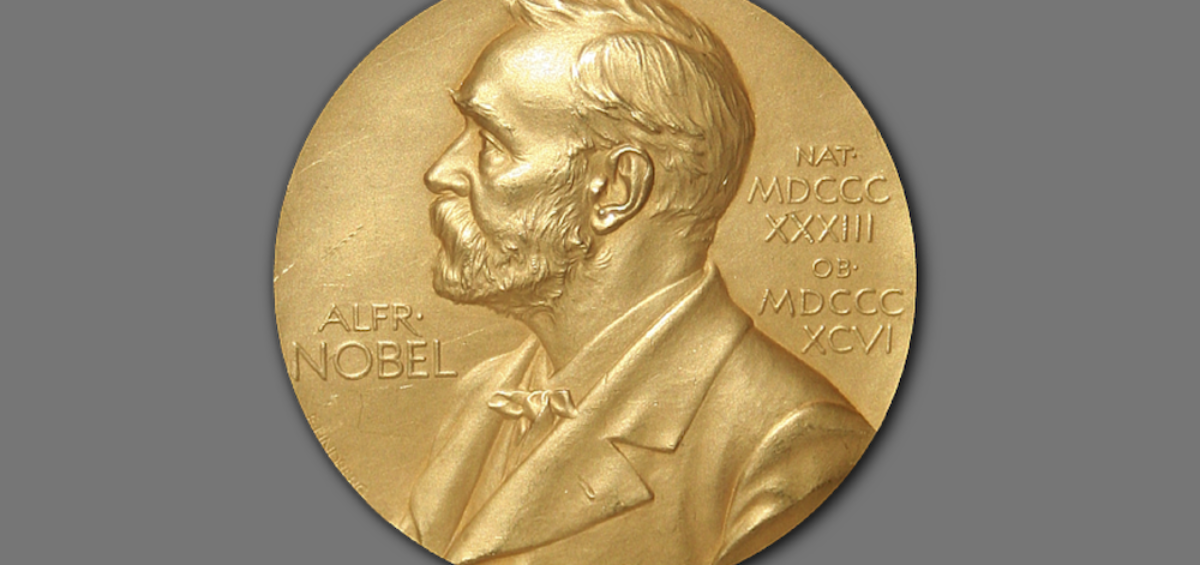



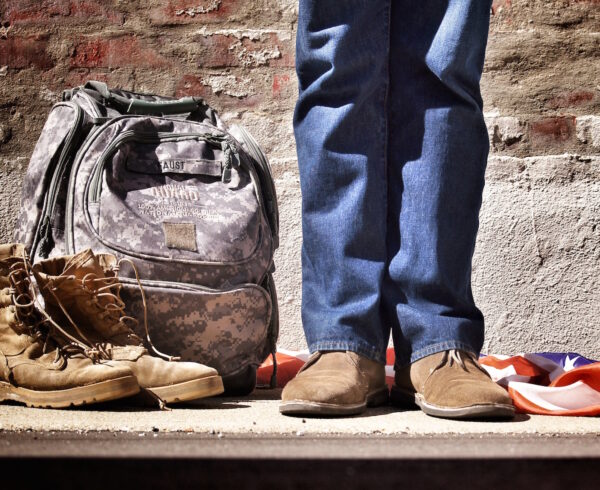
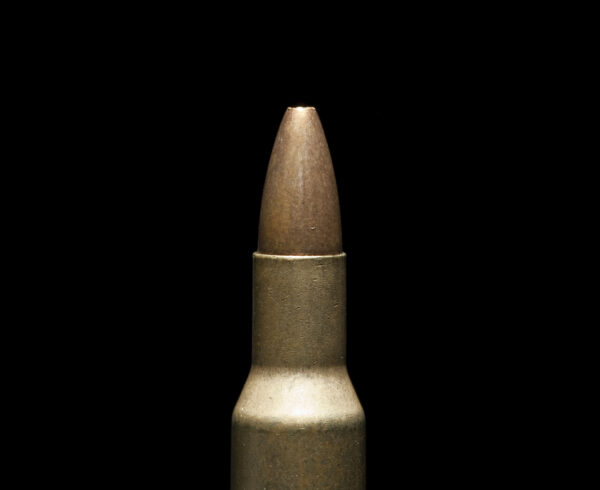
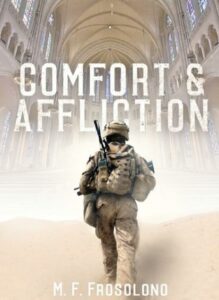

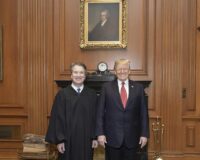
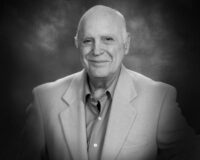

Excellent piece, Michael.